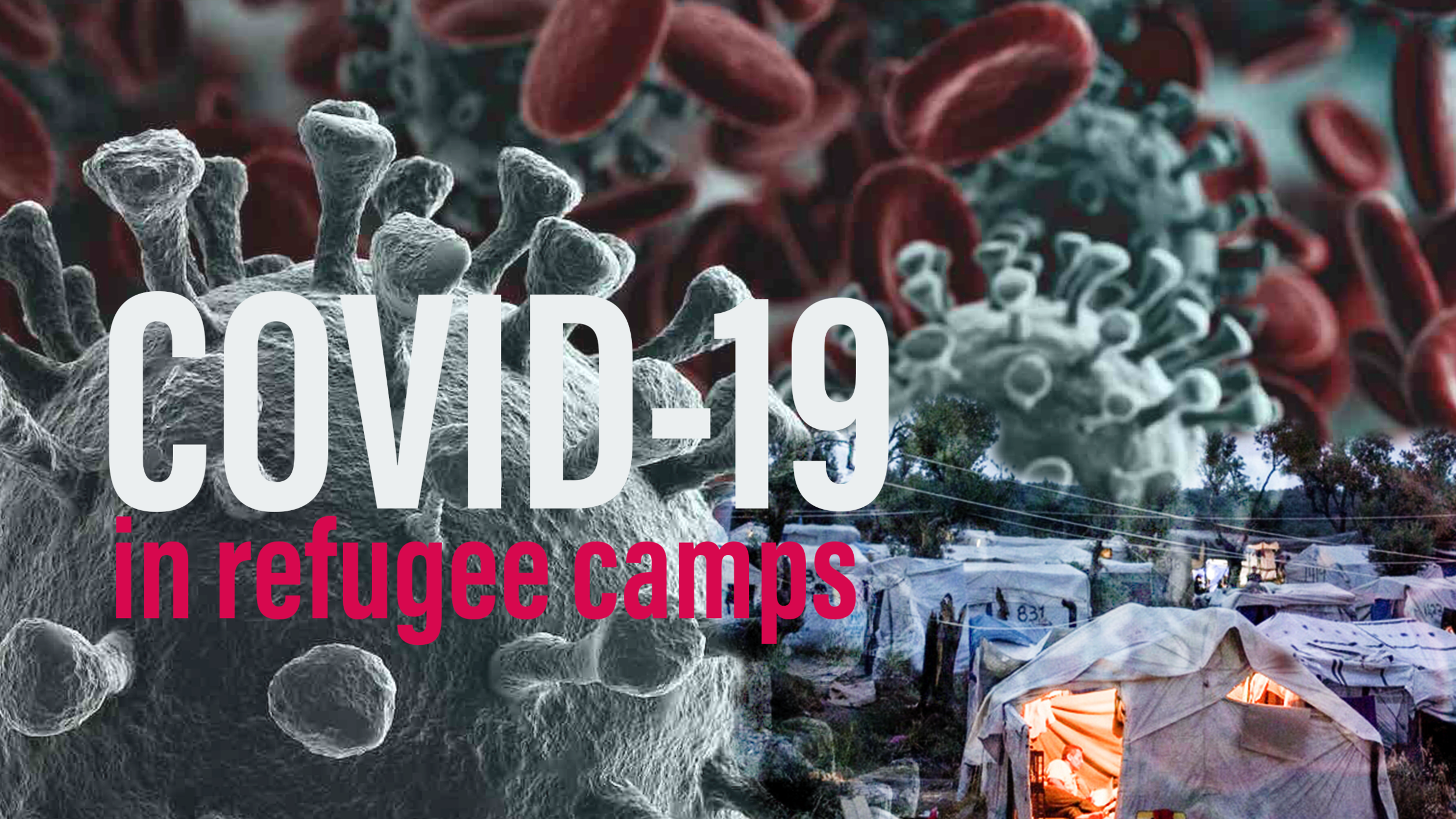Coronavirus in refugee camp settings
Like most families in America, my crew has been practicing social distancing for over three weeks. We want to do our part in reducing the impact of Coronavirus. During this time of isolation, my husband and I have both been working. His regular job. My regular job. And contracts that we either sought after or that we have been asked to fulfill. One such contract was a translation of documents that will be used in a refugee camp to inform its residents about Coronavirus. The contents are the usual notes that the Centers for Disease Control and World Health Organization have shared with the world. Symptoms, precautions, etc.
Before I was translating these documents, I had thought about devastation this virus will bring when it reaches those in refugee camps. It is already devastating in places where people have houses in which to isolate, grocery stores, and all human necessities. The impact of the virus in camps is unimaginable. Social distancing is practically impossible the way camp life currently exist. Family houses are often very close to each other. Food is distributed in crowds with long lines, water is not readily available, and not everyone can afford soap.
When water and soap are available, information that is useful for an American household might not apply for the audience of my translations. For instance, people use buckets to fetch and store water. This is the water that is used for cleaning dishes, cooking, showering, washing hands, and so forth. From what I understand about Coronavirus, it is likely to spread much faster if people are not able to stay apart, constantly wash their hands, and keep things clean. All of these are hard to do in a camp.
For these precautions to work, there has to be a significant mobilization of people within the camps who can set up an entirely new system. The crowded outdoor markets where people normally buy produce will have to work in a way that allows distance while still operating. These markets are the only place most families can buy fresh fruits and vegetables. The water stations, which often have long busy lines of people waiting for hours sometimes, have to change how they work. There will have to be people who are assigned to each station to ensure that people are keeping space between each other. Water schedules will have to change (last I checked, the public water fountains were open twice a day).
I hope that the UNHCR and other agencies are providing more soap to give people a fighting chance against this virus. Organizations that deal with health care sanitation also have to increase their efforts to educate people about the virus and establish methods to handle it in refugee camp settings. There may even be a need to distribute food more often and in better quality to avoid influxes of people going out to seek their own. The rations that refugees normally receive will not be enough to accommodate social distancing practices.
Sadly, these issues only scratch the surface of what is to come. I will continue to follow updates from refugee camps to see what changes are being implemented to fight Coronavirus. It is a challenge that many organizations were not equipped or prepared to address. But I have seen humanitarian efforts adjust in crisis before. It takes cooperation between the service providers, refugees, and host governments. And the sooner this happens, the better for everyone.


